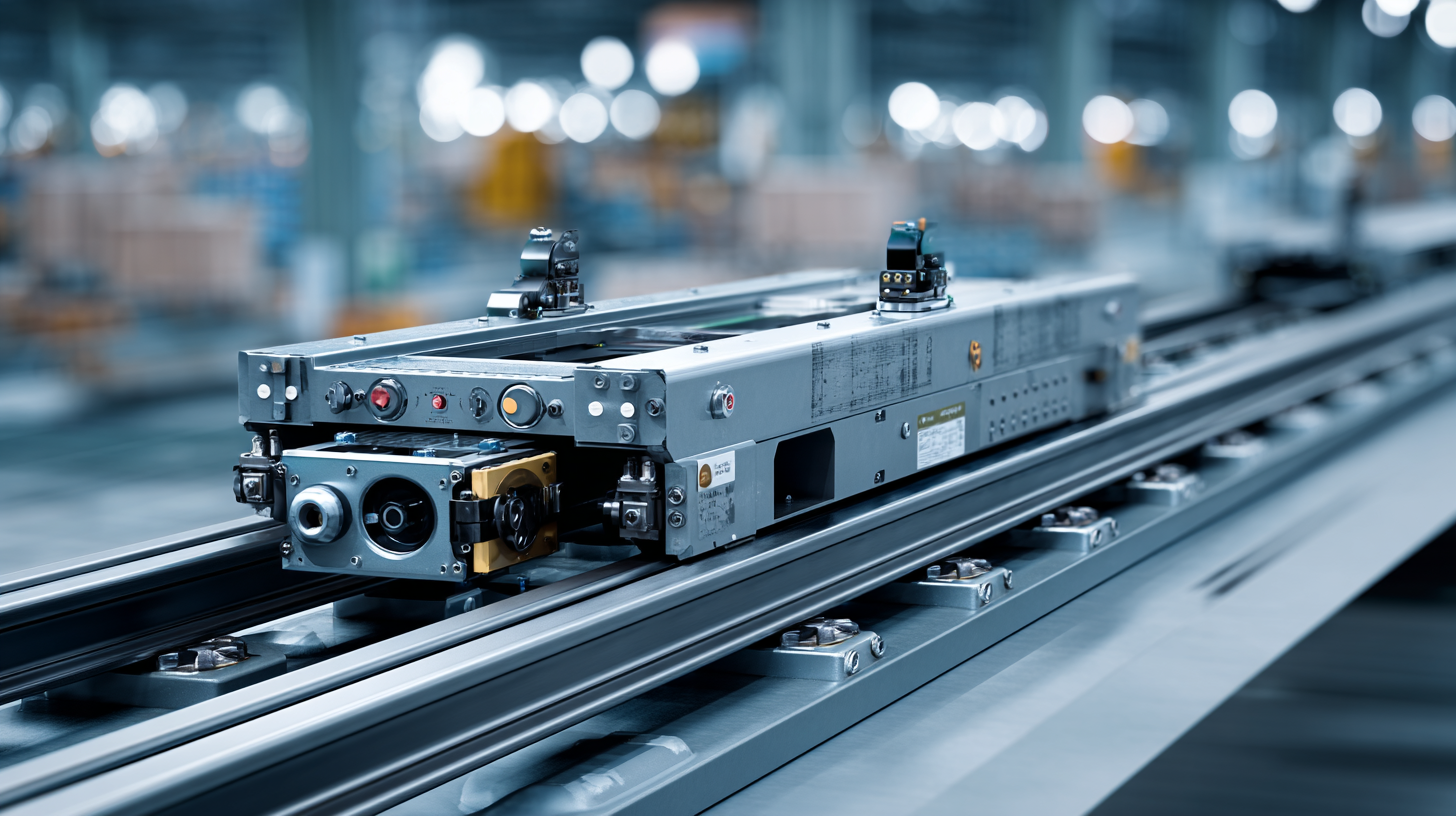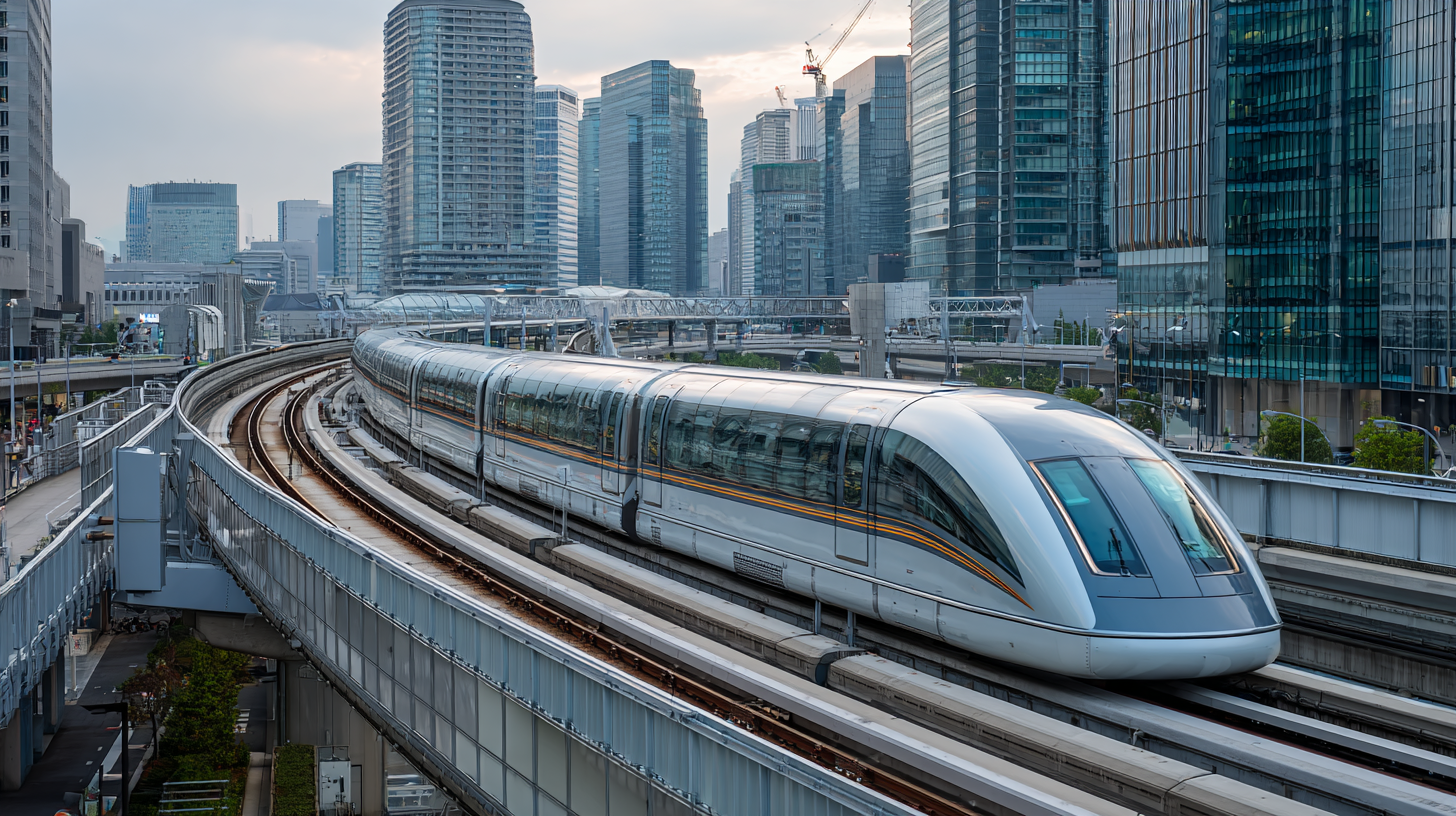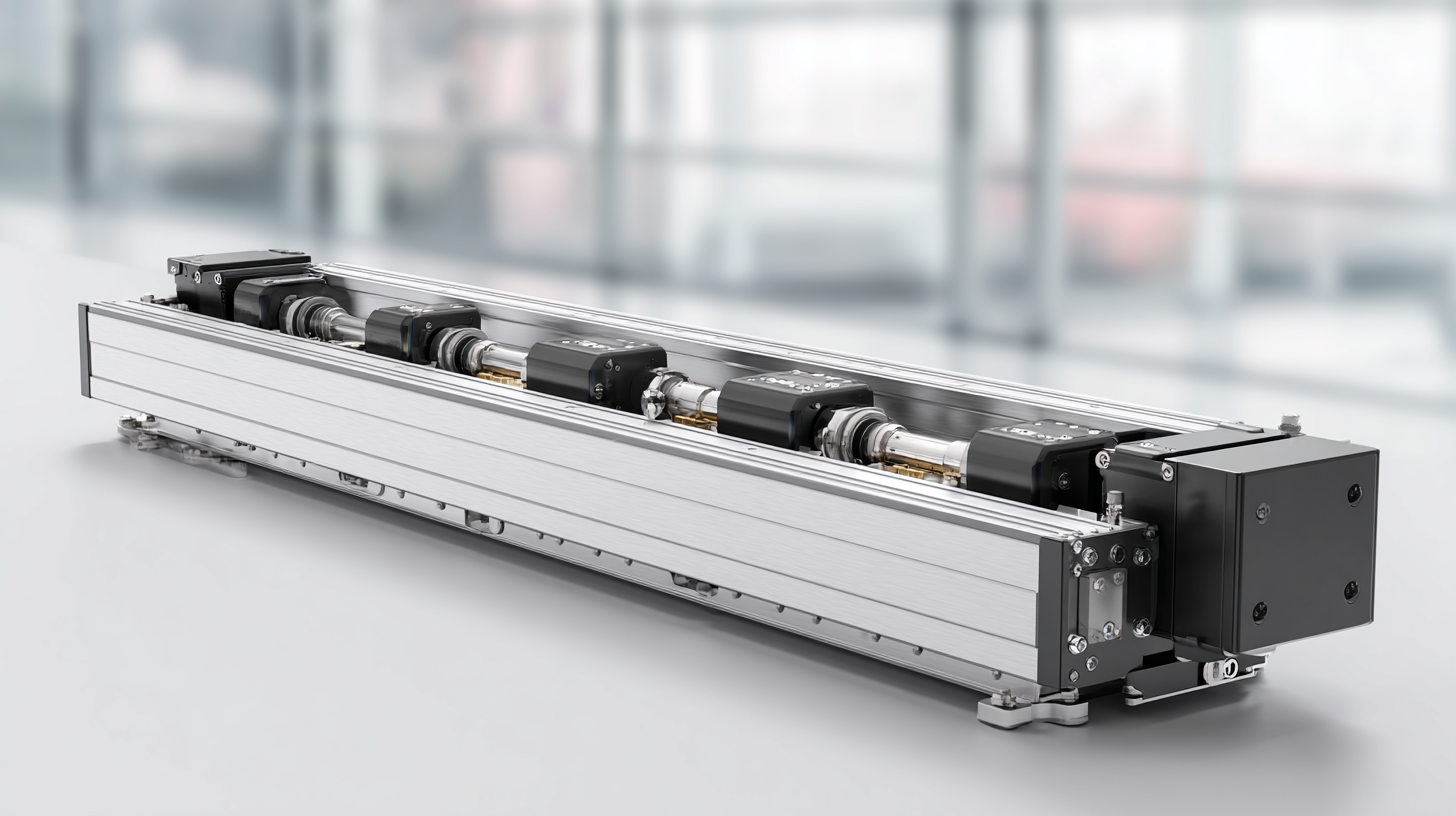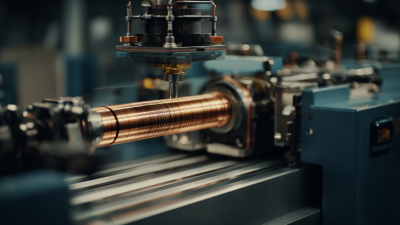Call Today: 916-259-1868
The evolution of transportation is on the brink of a revolutionary transformation, significantly influenced by advancements in linear motor drive technology. This innovative drive system operates with remarkable efficiency, utilizing magnetic fields to propel vehicles along a predetermined path, which eliminates the need for traditional mechanical components like gears and wheels. As urbanization accelerates and the demand for faster, cleaner, and more reliable transportation emerges, linear motor drive systems offer a promising solution. They not only enhance the speed and efficiency of public transit but also pave the way for next-generation vehicles that can operate in diverse environments, from high-speed trains to autonomous cars. In this context, understanding the future implications of linear motor drive technology becomes crucial for stakeholders across the transportation sector, including manufacturers, urban planners, and policymakers, as they seek to create sustainable and innovative transportation ecosystems that meet the needs of tomorrow's society.

Linear motor drive technology is set to revolutionize the future of transportation by enhancing efficiency and reducing operational costs across various modes of transit. This technology utilizes magnetic fields to provide direct linear motion, eliminating the need for traditional gears and guides. According to a report by the International Transportation Forum, implementing linear motor systems in urban transit could improve travel times by 20-30%, making public transport more attractive to commuters and reducing reliance on personal vehicles.

One of the key benefits of linear motor systems is their remarkable energy efficiency. The U.S. Department of Energy states that magnetic levitation trains using linear drive technology consume up to 30% less energy compared to conventional rail systems, significantly lowering carbon emissions. Furthermore, as global energy demands rise, transitioning to energy-efficient transport methods becomes increasingly critical in combating climate change.
Tips: When considering the adoption of linear motor technology, pay attention to integration with existing transport infrastructures. Additionally, explore pilot programs in urban areas, as they can provide valuable insights and data on user acceptance and system performance before full-scale implementation. By investing in this innovative technology, cities can pave the way for a smarter, greener future in transportation.
Linear motor drive technology is revolutionizing modern transportation systems by providing efficient and reliable solutions.
One of the key applications is in high-speed trains, where linear motors facilitate rapid acceleration and deceleration. This technology enables trains to achieve higher speeds while maintaining safety and comfort for passengers. The seamless transition and reduced maintenance needs of linear motors contribute significantly to the operational efficiency of rail networks.
Another notable application lies in urban transportation, particularly in maglev systems. These magnetic levitation trains use linear motors to float above the track, eliminating friction and resulting in a smoother ride and lower energy consumption.
Furthermore, linear motors are increasingly being implemented in automated guided vehicles (AGVs) used in logistics and warehousing. Their precise control and acceleration capabilities allow for faster and more efficient movement of goods, catering to the growing demands of e-commerce and just-in-time delivery services.
As cities continue to evolve, linear motor drive technology will play a crucial role in shaping the future of transportation.
 Linear motor drive technology is poised to revolutionize the transportation sector by offering significant advantages over traditional propulsion methods. Unlike conventional systems that rely on rotary motors, linear motors directly produce linear motion, allowing for higher efficiency and reduced mechanical complexity. According to a report by the International Energy Agency, linear motors can improve energy efficiency by up to 40% compared to traditional propulsion systems. This stark contrast in efficiency not only reduces operational costs but also minimizes the environmental impact by lowering energy consumption.
Linear motor drive technology is poised to revolutionize the transportation sector by offering significant advantages over traditional propulsion methods. Unlike conventional systems that rely on rotary motors, linear motors directly produce linear motion, allowing for higher efficiency and reduced mechanical complexity. According to a report by the International Energy Agency, linear motors can improve energy efficiency by up to 40% compared to traditional propulsion systems. This stark contrast in efficiency not only reduces operational costs but also minimizes the environmental impact by lowering energy consumption.
Furthermore, linear motors excel in applications requiring rapid acceleration and precise positioning, such as high-speed trains and automated transport systems. Research from the Transportation Research Board highlights that systems utilizing linear motor technology can achieve speeds exceeding 600 km/h, outpacing traditional trains that often max out below 300 km/h. Additionally, maintenance costs are significantly lower, as linear motors have fewer moving parts, leading to increased uptime and reliability. As cities strive for cleaner and faster transport solutions, the comparative analysis clearly favors linear motors as a sustainable option for the future of transportation.
The integration of linear motor drive technology in transportation systems presents unique challenges that must be addressed for successful implementation. One significant obstacle is the high initial cost of development and deployment. According to a report by Research and Markets, the global linear motor market is projected to grow from $3.1 billion in 2021 to $5.5 billion by 2026, highlighting the increasing interest and investment in this technology. However, the substantial upfront investments can deter stakeholders, particularly in cash-strapped public transport sectors.
Another challenge involves the compatibility of linear motor systems with existing infrastructure. The transition requires extensive retrofitting, which not only elevates costs but also prolongs the time frame for implementation. A study by the International Transport Forum indicates that many cities face difficulties integrating advanced technologies into outdated transit frameworks. Additionally, technical concerns regarding the durability and maintenance of linear motors are paramount. Ensuring reliability and performance over time is critical, especially in urban environments where service disruptions can severely impact commuter satisfaction. Addressing these challenges through innovative financial models and strategic planning will be essential for the future adoption of linear motor drive technology in transportation networks.
Linear motor drive technology is revolutionizing the future of transportation, paving the way for innovations that enhance mobility and efficiency. According to a report by MarketsandMarkets, the global linear motor market is expected to grow from $4.1 billion in 2021 to $6.5 billion by 2026, at a compound annual growth rate (CAGR) of 10.0%. This growth is driven by the increasing demand for high-speed transportation systems and integrated automation in various industries.
Emerging trends in linear motor technology point towards its application in urban transit systems, such as magnetically levitated (maglev) trains. These systems not only offer increased speed but also significantly reduce energy consumption compared to traditional rail transport. A study conducted by the International Energy Agency (IEA) revealed that maglev trains can reduce energy usage by up to 30% while improving travel times. Furthermore, innovations in precision positioning and motion control are making linear motor systems more adaptable for applications in electric vehicles and automated logistics, ultimately reshaping urban mobility and freight transport.






Sierramotion engineers help customers design solutions to complex motion problems. Whether a simple coil, or a precision motion assembly working in vacuum, Sierramotion has the experience to create a solution that works the first time.